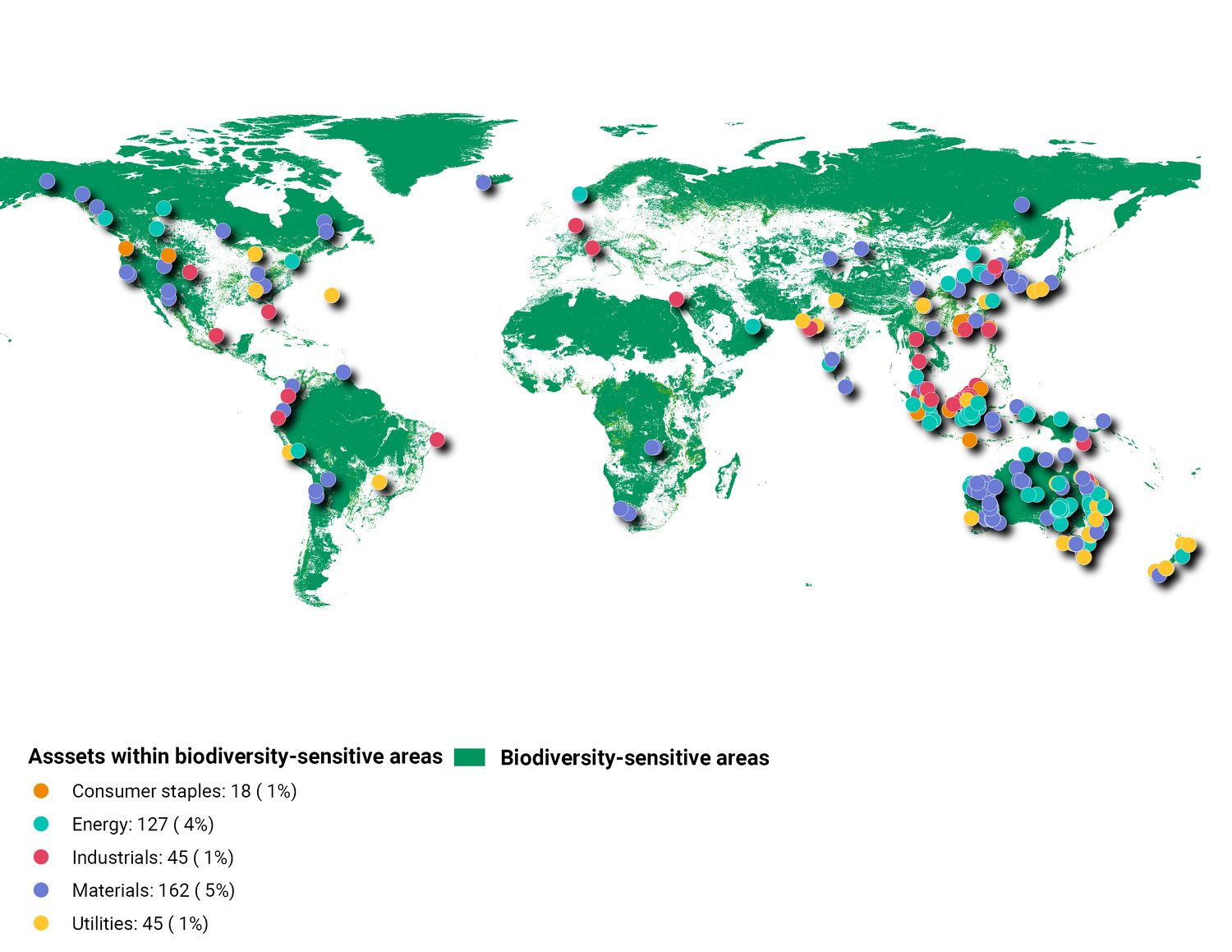The target for limiting global warming to 1.5°C above pre-industrial levels, set in Paris nearly a decade ago, is perilously close to breach. At COP29 in Azerbaijan this year, often dubbed the “Finance COP,” international focus turned toward the need for decisive, data-driven climate action.
Average temperatures in 2023 already hit 1.4°C above pre-industrial levels and current trajectories suggest a much more significant overshoot looms ahead.1
According to MSCI’s latest Net-Zero Tracker, the world’s publicly listed companies are on track to raise average global temperatures by 2.8°C above preindustrial levels by the end of this century. In Emerging Asia, the situation is even more dire, with emissions on a path that could result in a 3.2°C increase.
Portfolios face a material impact. In Asia-Pacific, for example, the escalating intensity of climate-related physical risks (storms, droughts, floods and heat) damages businesses, economies, and ecosystems with heightening regularity. The Asia Investor Group on Climate Change identifies the region as the world’s most disaster-prone, with 80 climate-linked disasters in 2022 costing US$36 billion ($48.4 billion).2
Uncovering physical risks
For investors and nations alike, the difference between vulnerability and resilience can hinge on access to granular, location-specific data. And it’s not just longitude or latitude that matters: elevation also becomes highly consequential when calculating rain or coastal flood risks. Leveraging MSCI GeoSpatial Asset Intelligence dataset, it is found that overestimating elevation by just 20 centimeters could mistakenly discount exposures in over a quarter of global locations.3
MSCI used geospatial data to review over 80,000 physical assets in Asia-Pacific in May 2023, accounting for about 75% of assets operated by constituents of the MSCI AC Asia Investable Market Index. The analysis revealed significant vulnerabilities.
About 17% faced coastal flooding exposures, a major climate threat to company value.4 Meanwhile, 74% were vulnerable to tropical cyclones, with assets in the Philippines, Japan, and along China’s eastern coastline exhibiting the highest exposures. Extreme heat, which boosts energy consumption, dampens productivity, worsens human health, and weakens the structural integrity of the buildings as concrete and metal components expand and contract repeatedly, impacted 100% of the assets studied.5
Geospatial data can be used in highly specific ways. For instance, MSCI applied its Tropical Cyclone Risk Model to identify 10 warehouses in Shanghai at high risk from tropical storms. By estimating the Average Annual Loss (AAL) for these properties, insurers can quickly assess real-world risk exposures for similarly situated assets. The method can be replicated in other regions or for different asset types, like manufacturing plants, hospitals, or gas stations.
Investors could use the same approach for derisking portfolios, while municipalities could deploy it for climate preparedness.
The physicality of biodiversity
Climate change and nature loss are closely interconnected, with the former driving the latter. Addressing one problem without tackling the other is counterproductive since healthy ecosystems can better mitigate climate impacts.
For investors assessing net-zero targets and aiming to manage physical risks, biodiversity is becoming an increasingly important consideration. Geospatial data can help measure these risks, offering clearer insight into environmental footprints.
Mapping areas of high biodiversity sensitivity is a critical step in reducing ecosystem damage, which explains the growing demand for more thorough climate disclosures.
Firms operating within 1.5km of biodiversity-sensitive areas, such as deforestation fronts or near-intact biodiversity areas, are more likely to contribute to biodiversity loss or face greater risks from it.6
Using the MSCI Biodiversity-Sensitive Areas Screening Metrics, MSCI analysed 3,500 physical assets in the MSCI AC Asia Investable Market Index. The results, shown in the exhibit, revealed that over 10% of these assets were within 1.5km of biodiversity-sensitive areas, including 127 in the hard-to-abate energy sector.7
Sectors with operations in biodiversity-sensitive areas

The road to climate mitigation is paved with data
At this year’s COP meetings – in Azerbaijan and the biodiversity COP16 in Colombia – commitments were key. Negotiations on Nationally Determined Contributions (NDCs) rely on data. As emerging markets – including some within Asean – play a larger role in the global economy, consistent metrics and performance indicators can help ensure that markets push capital towards companies doing a better job than others at mitigating climate and biodiversity risks.
Within Asean markets, regulators have been striving to align local rules with global standards. Frameworks from the International Sustainability Standards Board (ISSB), the Task Force on Climate-Related Financial Disclosures (TCFD), and the Task Force on Nature-related Financial Disclosures (TNFD) are increasingly being adopted.
Geospatial data can support companies in meeting these regulatory and voluntary disclosure requirements. Identifying and assessing nature-related issues, like those specified in the Locate, Evaluate, Assess, and Prepare (LEAP) approach, is critical for fostering transparency and accountability and ability to better identify and assess nature and climate-related risks and opportunities. Companies with clear and credible nature and climate disclosures are better positioned to attract green financing, as concerned investors seek to align their portfolios with sustainable practices. Understanding geospatial risks can improve market transparency, while a company’s ability to present scientifically grounded, location-specific data can also reinforce investor confidence in its sustainability commitments. Ultimately, this hopefully will attract material capital flows which are critical in contributing to global climate action.
Rising temperatures increase risks for financial markets and humanity itself. To correct course, markets need new ways to reveal where risks lie and their degree of threat. Geospatial data is one tool that investors, companies, and countries can all use to gain that insight.
Rewatch MSCI’s in Practice webinar, available on demand, to better understand how this tool can be applied. For more information about MSCI GeoSpatial Asset Intelligence, please click here.
Footnotes
- https://wmo.int/news/media-centre/climate-change-indicators-reached-record-levels-2023
- https://aigcc.net/asias-investors-making-progress-on-climate-targets-yet-challenges-remain-in-aligning-with-1-5c-climate-goals/
- https://www.msci.com/www/quick-take/location-location-location-the/04953314616
- https://www.msci.com/documents/10199/8eef6043-eb95-fdc1-775f-2a593885a12a
- https://www.msci.com/www/quick-take/most-prevalent-climate-hazards/03820733846
- https://www.msci.com/documents/10199/474113d7-8e02-4743-d845-53da0d42bfe4
- https://www.msci.com/www/quick-take/using-geospatial-analysis-to/03841805930




